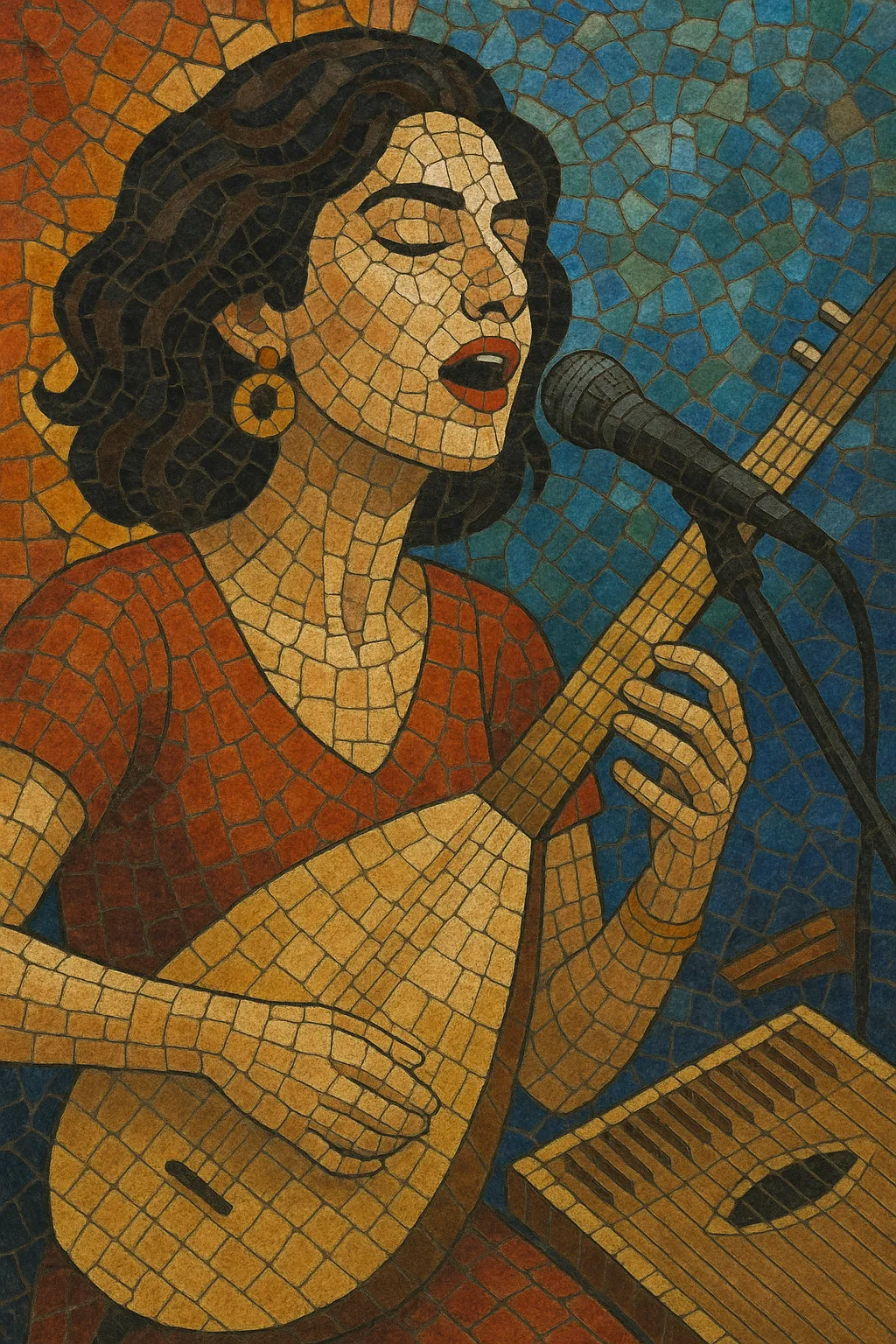Turkish pop is the mainstream popular music of Turkey, blending Western pop songcraft and production with Turkish melodic modes (makam), ornamentation, and rhythmic sensibilities.
It typically features hook-driven choruses, polished vocals, and danceable beats, while weaving in timbres or phrases from traditional instruments (such as bağlama, kanun, darbuka) and characteristic micro-ornaments.
From the 1960s “aranjman” era of Turkish-language covers of Western hits to the 1990s–2000s wave of glossy, Eurodance-tinged radio smashes, Turkish pop has acted as both a mirror of global pop trends and a carrier of local musical identity.
Turkish pop emerged in the 1960s during the “aranjman” period, when Turkish-language adaptations of French, Italian, and broader Western pop songs entered local charts. Parallel to this, the Anatolian rock movement showed how Turkish folk and classical elements could be fused with Western forms, setting a template for integrating makam-based melodies and aksak rhythms into popular song structures.
By the 1980s, original songwriting and synth-pop/new wave production techniques took hold. Artists began crafting distinctly Turkish pop identities, maintaining modal color and vocal ornamentation while embracing electronic instruments, drum machines, and radio-friendly arrangements.
The 1990s are widely regarded as a golden age. High-budget music videos, Eurodance and house influences, and sophisticated songwriting brought the genre to regional prominence. This period produced enduring classics and global crossover moments, placing Turkish pop on international playlists and satellite channels.
In the 2000s, R&B, hip hop, and EDM further reshaped the sound, while glossy string arrangements and prominent hooks remained central. Streaming and social media amplified new voices and producer-driven aesthetics, sustaining the genre’s commercial dominance and evolving it toward club-oriented textures.
Modern Turkish pop remains a vibrant, chart-focused ecosystem that seamlessly alternates between dance-floor anthems and emotive ballads. It continues to synthesize global pop trends with Turkish melodic idioms, maintaining its role as a cultural touchstone at home and across the Turkish diaspora.


